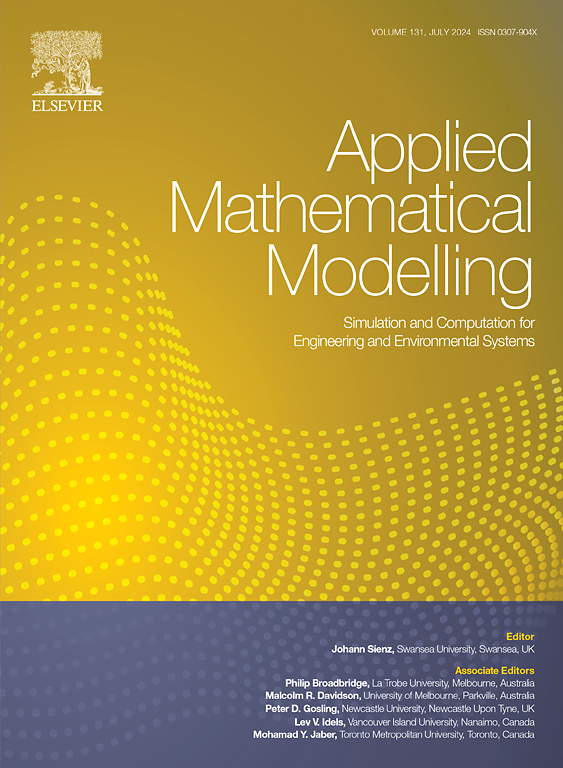Torque tracking position control of DLR-HIT II robotic hand using a real-time physics-informed neural network
IF 4.4
2区 工程技术
Q1 ENGINEERING, MULTIDISCIPLINARY
引用次数: 0
Abstract
This paper presents a novel approach for controlling the DLR-HIT II robotic hand by leveraging physics-informed neural networks (PINNs) for torque and position control. This method eliminates the need for additional control inputs or external controllers, achieving high precision and simplified dynamics, which is validated through extensive simulations that closely replicate experimental conditions, demonstrating the system's ability to handle external disturbances and maintain accurate trajectory tracking. The strategy only requires time and joint position data as inputs, allowing the network to compute velocity and acceleration internally. Time normalization enhances the model's ability to generalize across different time scales and ensures stable training. The method demonstrates strong generalization from a limited training set and successfully performs across diverse trajectory types. This simplification significantly reduces computational complexity and facilitates real-time control in advanced robotic applications.
基于实时物理信息神经网络的DLR-HIT II型机械手转矩跟踪位置控制
本文提出了一种利用物理信息神经网络(pinn)进行扭矩和位置控制的DLR-HIT II机械手控制新方法。这种方法不需要额外的控制输入或外部控制器,实现了高精度和简化的动力学,通过广泛的模拟验证了这一点,这些模拟紧密地复制了实验条件,证明了系统处理外部干扰和保持准确轨迹跟踪的能力。该策略只需要时间和关节位置数据作为输入,允许网络内部计算速度和加速度。时间归一化增强了模型在不同时间尺度上的泛化能力,保证了训练的稳定性。该方法在有限的训练集上表现出很强的泛化能力,并成功地跨越了不同的轨迹类型。这种简化大大降低了计算复杂性,促进了先进机器人应用的实时控制。
本文章由计算机程序翻译,如有差异,请以英文原文为准。
求助全文
约1分钟内获得全文
求助全文
来源期刊

Applied Mathematical Modelling
数学-工程:综合
CiteScore
9.80
自引率
8.00%
发文量
508
审稿时长
43 days
期刊介绍:
Applied Mathematical Modelling focuses on research related to the mathematical modelling of engineering and environmental processes, manufacturing, and industrial systems. A significant emerging area of research activity involves multiphysics processes, and contributions in this area are particularly encouraged.
This influential publication covers a wide spectrum of subjects including heat transfer, fluid mechanics, CFD, and transport phenomena; solid mechanics and mechanics of metals; electromagnets and MHD; reliability modelling and system optimization; finite volume, finite element, and boundary element procedures; modelling of inventory, industrial, manufacturing and logistics systems for viable decision making; civil engineering systems and structures; mineral and energy resources; relevant software engineering issues associated with CAD and CAE; and materials and metallurgical engineering.
Applied Mathematical Modelling is primarily interested in papers developing increased insights into real-world problems through novel mathematical modelling, novel applications or a combination of these. Papers employing existing numerical techniques must demonstrate sufficient novelty in the solution of practical problems. Papers on fuzzy logic in decision-making or purely financial mathematics are normally not considered. Research on fractional differential equations, bifurcation, and numerical methods needs to include practical examples. Population dynamics must solve realistic scenarios. Papers in the area of logistics and business modelling should demonstrate meaningful managerial insight. Submissions with no real-world application will not be considered.
 求助内容:
求助内容: 应助结果提醒方式:
应助结果提醒方式:


